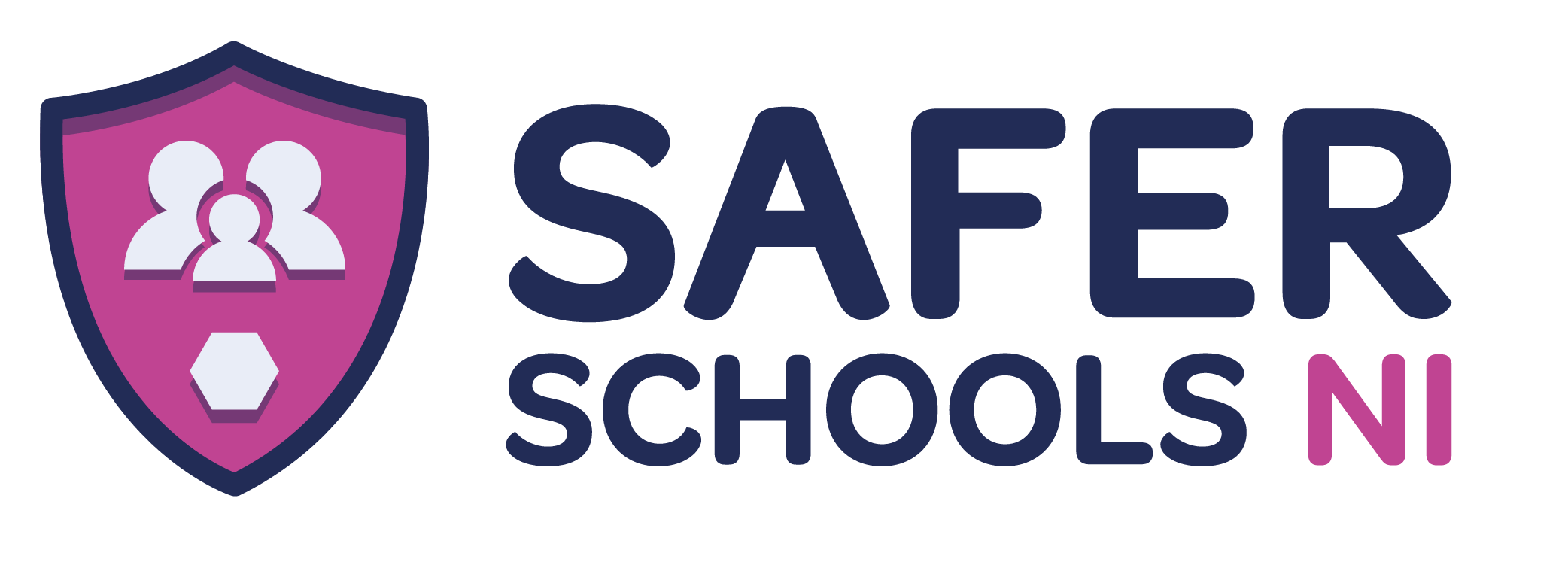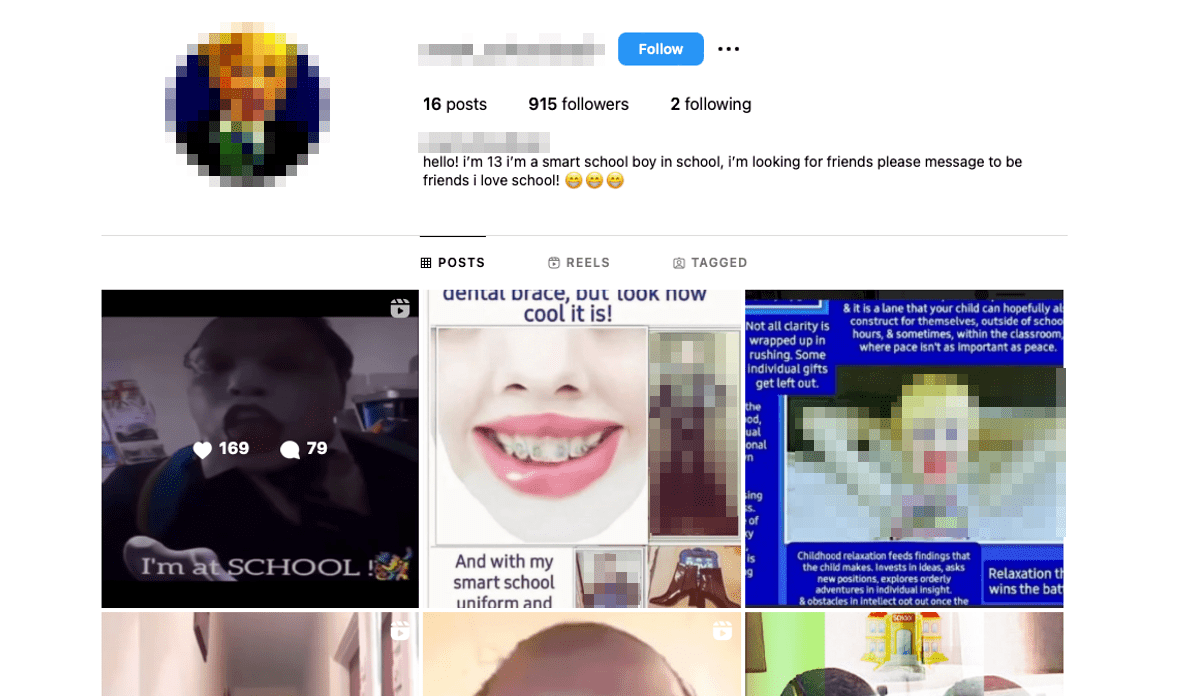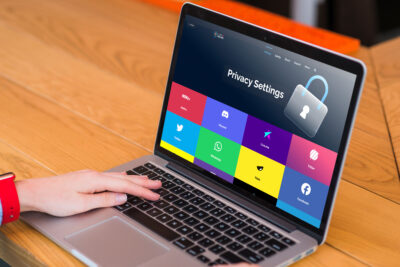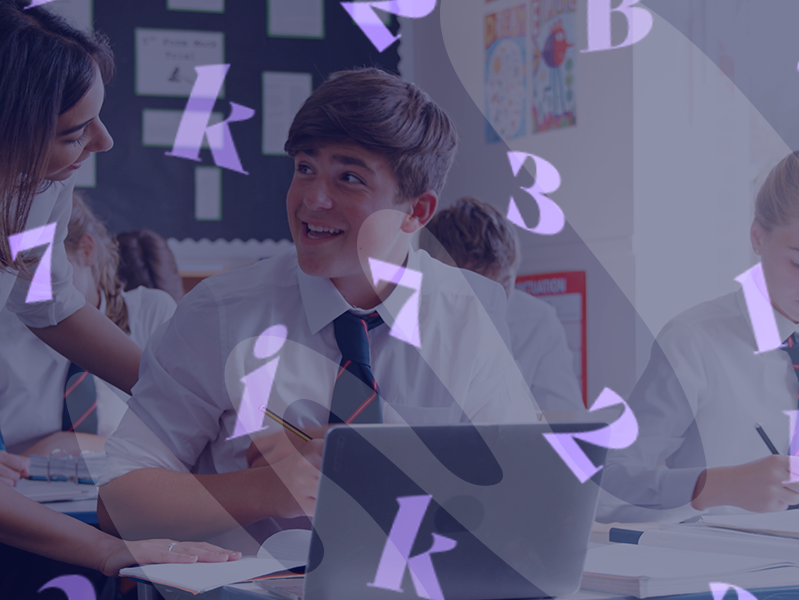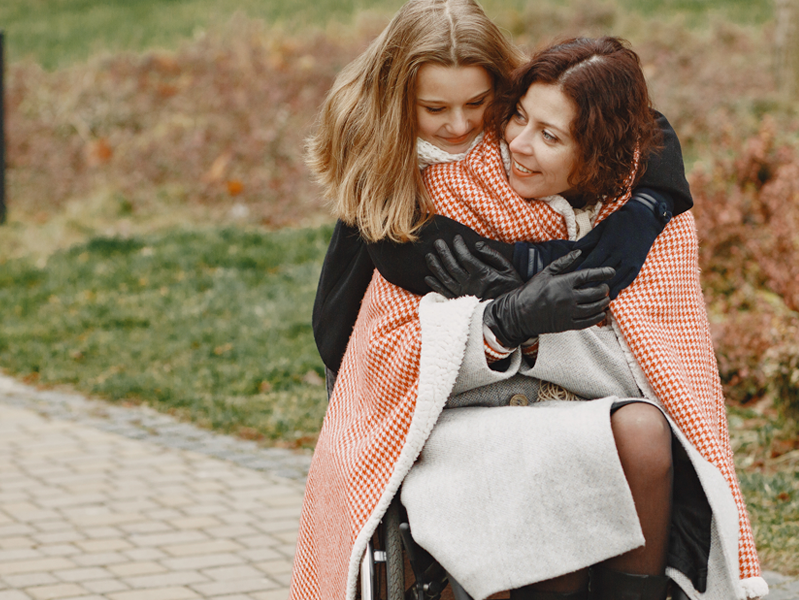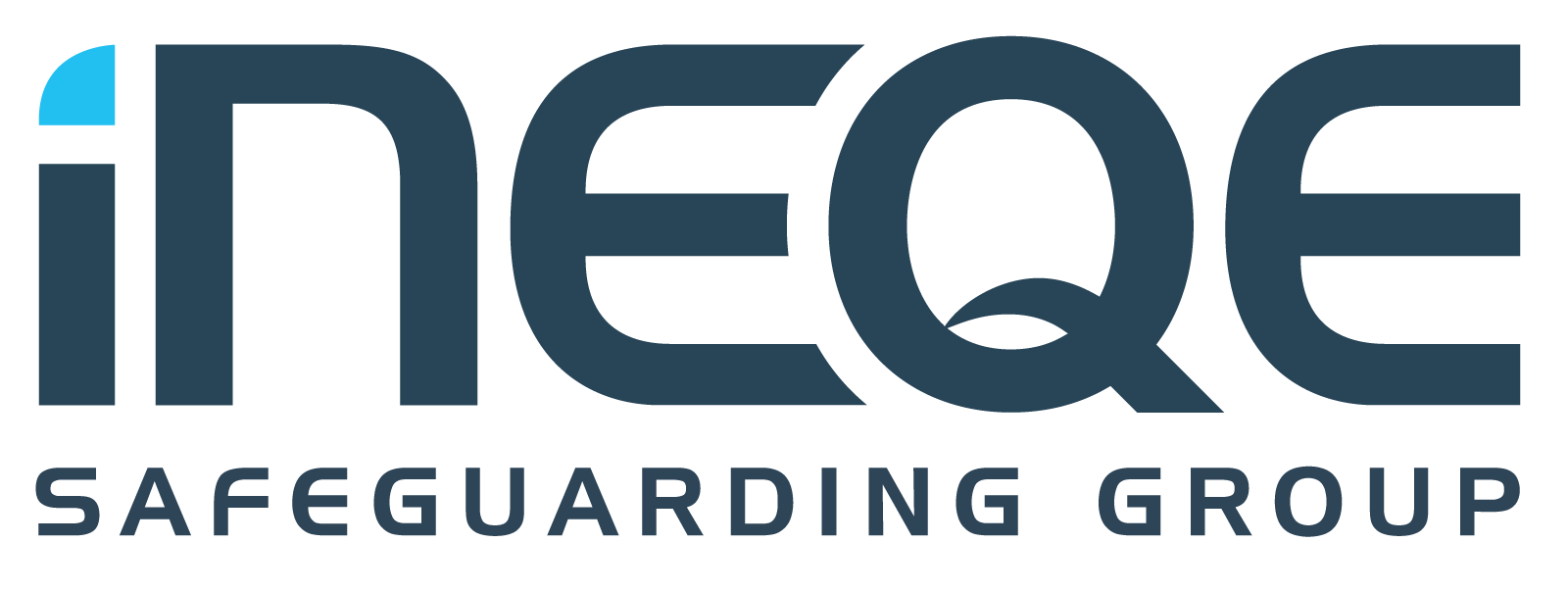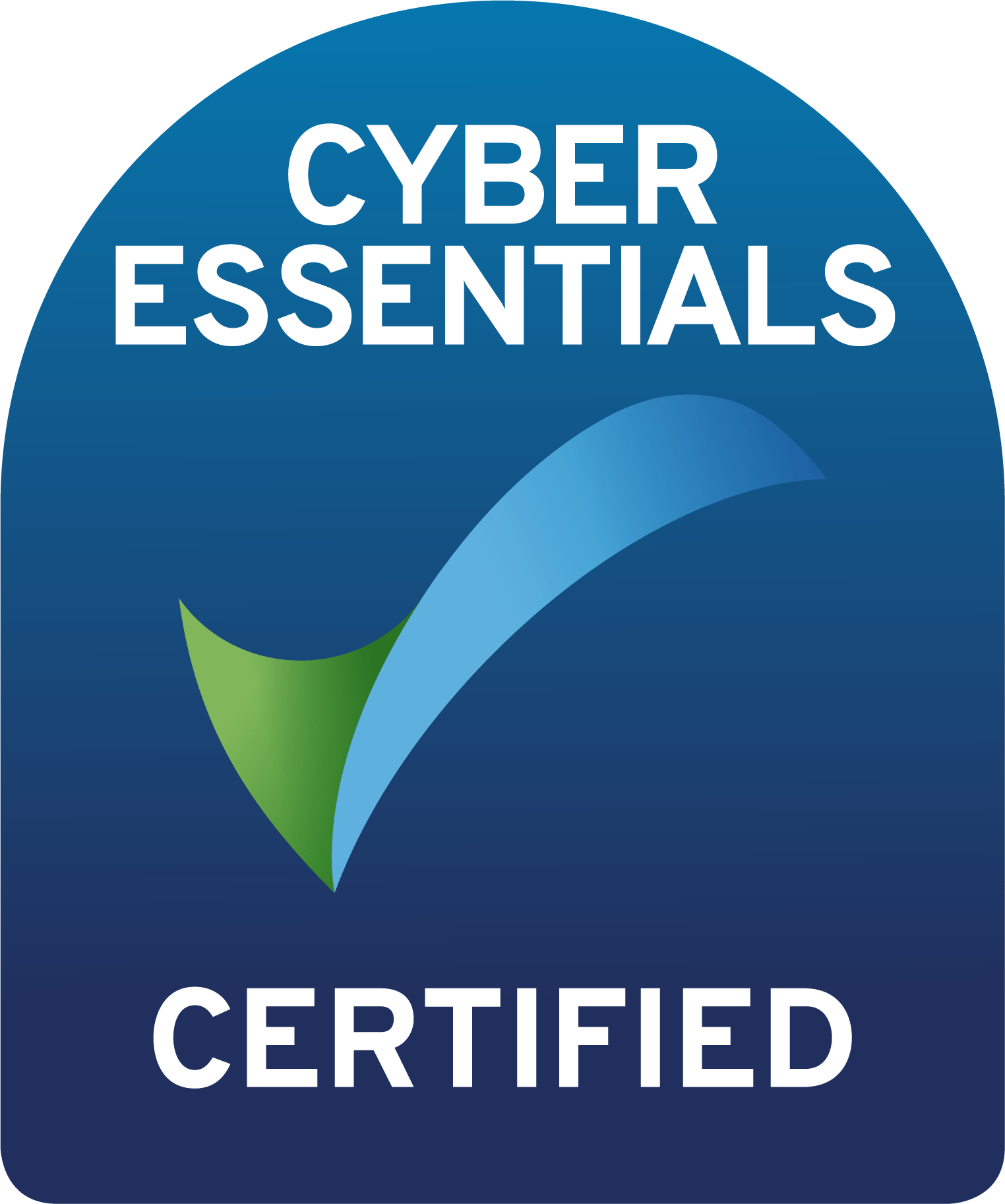Last Updated on 26th November 2025
Reading Time: 5.7 mins
September 20, 2024
Our online safeguarding team has received reports about someone who may be acting inappropriately online. This individual is potentially masquerading as a child on social media in order to interact with children.
This situation has also led to increased discussions and concerns on social media. ‘Copycat’ accounts have emerged, and videos related to this issue are circulating in some schools. This has caused fear and anxiety among some younger children who have been exposed to this harmful content.
We have released a Safeguarding Alert for safeguarding professionals and parents and carers, providing further advice and information on what this is, the impact and risks involved, and practical tips for protecting children and young people.
Here’s what you need to know:
What is SmartSchoolBoy9?
An unknown user, believed to be a male, is masquerading as a child on multiple social media platforms, including Instagram.
The individual appears to utilise a network of various personas across different profiles, using both AI-generated images of children that are heavily distorted on some accounts, and using real videos and images of themselves dressed up as a young boy or girl. The individual is dressed in a child’s school uniform in the images and videos, often in suggestive poses.
The captions and images draw focus to the school uniforms, which appears to be a reoccurring theme throughout all the accounts. Overall, the content sexualises children.
An online documentary suggests that the individual has used the “SmartSchoolBoy9” account to interact with children’s Instagram posts, including comments that are intended to befriend the children. The documentary itself contains descriptions of disturbing and inappropriate behaviour, and we would not advise anyone to seek it out.
SmartSchoolBoy9’s identity has not been confirmed, but speculation in the online environment suggests it is an older male based in England, who has been generating related content since 2018.
A search by our online safety team failed to identify the original accounts, which indicates they may have been taken down, although the original content can still be accessed via other sources and ‘copycat’ accounts. However, as the individual has a history of utilising multiple accounts and aliases, they could still be posting content on new profiles.
What Is the Impact?
This situation has escalated rapidly on social media, with some content creators seeking to exploit it for personal gain. Some parents have are reported to have said that their children are refusing to attend school out of fear.
Some young people might not understand the potential seriousness of the situation, and have created comedic videos on platforms like TikTok which includes reposting the original content or making ‘copycat’ videos.
False claims of school lockdowns due to SmartSchoolBoy9 have been made by young people, likely for social media attention. Misinformation, including attempts to identify the person behind the account, has been spread online.
While this is a serious safeguarding concern, it’s crucial not to attempt to identify or locate the individual. Doing so could hinder investigations and potentially put you or others at risk.
Tips for Parents and Carers
Further Resources
Join our Safeguarding Hub Newsletter Network
Members of our network receive weekly updates on the trends, risks and threats to children and young people online.
